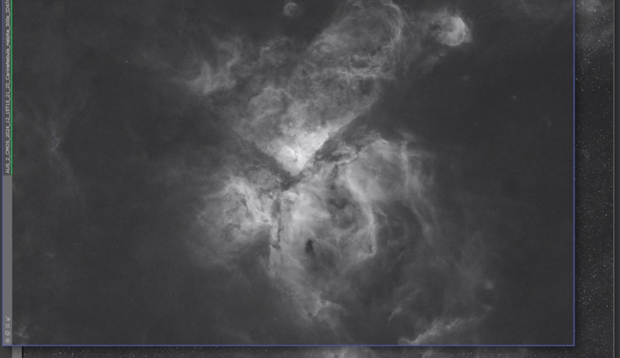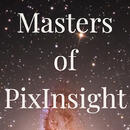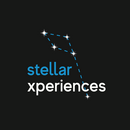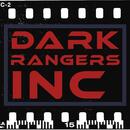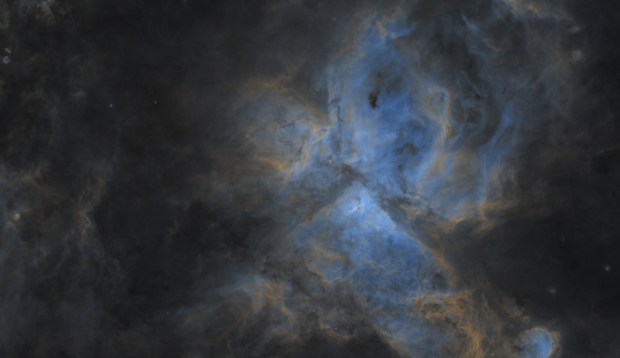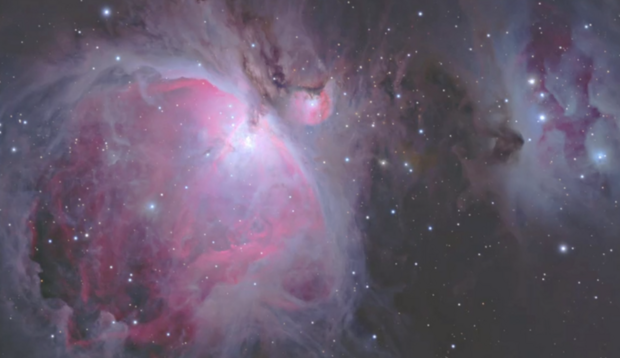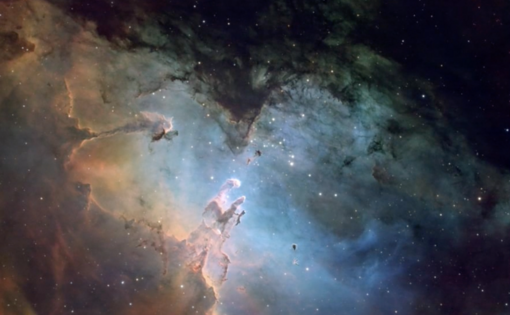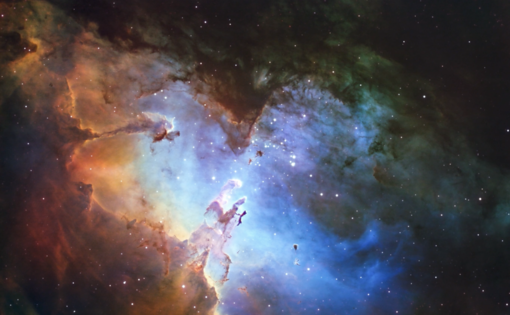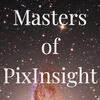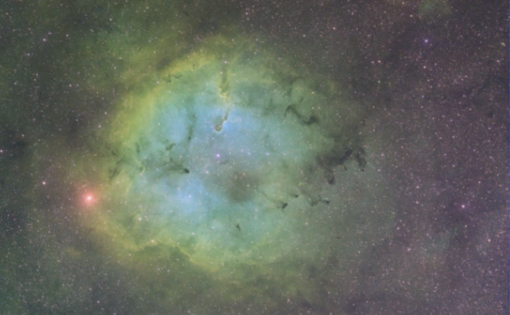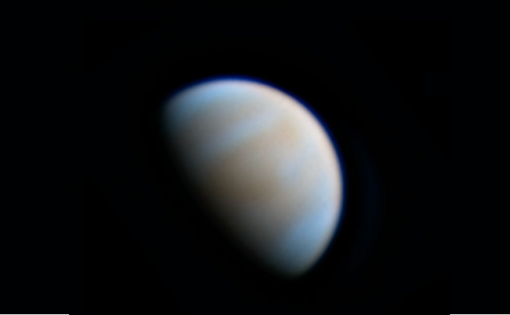Our tutors
Most Popular
All Tutorials
How to Easily Automate Your PixInsight Integration Workflow with AutoIntegrate
AutoIntegrate, developed by Jarmo Ruuth, is a superb PixInsight plugin for the easy integration of frames. It's particularly effective with pre-calibrated data, like that from TelescopeLive, offering improvements over WBPP.
This tool is ideal for PixInsight beginners, streamlining pre-processing and simplifying some post-processing steps, allowing for a quicker start.
For installation, add https://ruuth.xyz/autointegrate/ to your repositories.
Comprehensive documentation is available at https://ruuth.xyz/AutoIntegrateInfo.html
Photoshop Mastery in Astrophotography: A Guide on Advanced Editing & Color Techniques
In this comprehensive 5 parts tutorial, Ryan Voykin guides you through advanced astrophotography processing in Photoshop. Starting with a stacked RGB image, he delves into essential Photoshop techniques like masking and non-destructive adjustments. He introduces the Camera Raw tool, highlighting its importance for astrophotography edits. Ryan emphasizes color editing and calibration, using the Colour Mixer for precise control and discussing the Color Grading tool. He navigates through Camera Raw's final tools, offering tips on selective color adjustment. The tutorial culminates with Ryan demonstrating third-party plugins for sharpening and noise reduction and advanced masking for star isolation, concluding with advice on image saving and sharing.
Part 1: The Fundamentals
Starting from a stacked and RGB combined image, Ryan will bring you over to photoshop and discuss some of the fundamentals that will be required within the tutorial, particularly masking, adjustment layers and non destructive techniques.
Part 2: Exploring Camera Raw
Getting started with Photoshop, Ryan will introduce a powerful tool that is only available in Photoshop, the camera raw tool. Ryan will walk through each of the key editing tools within the camera raw tools, and which ones are best used with astrophotography.
Part 3: Mastery of Color Editing
Remaining in the camera raw tool, Ryan will demonstrate one of the most important factors of astrophotography, colour editing, and how the Colour Mixer tool gives you great leverage over your image. Ryan will also touch on the Color Grading tool, which can also be a useful tool to adjust the colour palette of your image.
Part 4: Advanced Color Adjustment
Continuing in Camera Raw, Ryan will cover the final set of tools in Camera Raw and demonstrate when it's appropriate to use them. Continuing with some more colour adjustment work using the selective colour adjustment layer. Ryan will give you his creative insight into colour adjustment and calibration using a variety of adjustment layers.
Part 5: Finishing Touches
Moving into finishing touches, Ryan covers the use of various 3rd party plugins for sharpening and noise reduction. Ryan also covers some more advanced masking tools to isolate your stars and other features that may not require sharpening. Finally Ryan will cover the saving and sharing of your finished image and the various formats you may wish to use.
Expert Narrowband Colour Normalisation Using Pixelmath
Masters of PixInsight tutor Warren Keller will guide you through a challenging aspect of narrowband imaging: equalizing the lightness in the three narrowband filters (SII, OIII, and Ha), which can vary widely depending on the target.
Starting with your stacked data of these three narrowband frames, Warren will discuss and compare various methods such as MTF, LinearFit, and Narrowband Normalization PixelMath expressions by Bill Blanshan. These techniques are used to better balance the color channels in a combined RGB image.
To install the script, add this URL to your PixInsight repository:
https://www.cosmicphotons.com/pi-modules/narrowbandnormalization/
Venus Unveiled: Mastering UV/IR and RGB Processing in Planetary Imaging
This 2 part tutorial offers a comprehensive introduction to processing Venus data. Imaging Venus is unique in planetary imaging, combining both UV/IR and RGB processing to enhance cloud details.
The first part introduces the raw data components and initial sharpening in Registax. Damian concludes this part with stacking the UV/IR datasets in AutoStakkert.
Part 2 focuses on combining data in Photoshop, starting with initial processes, followed by creating a synthetic green channel and adding finishing touches.

